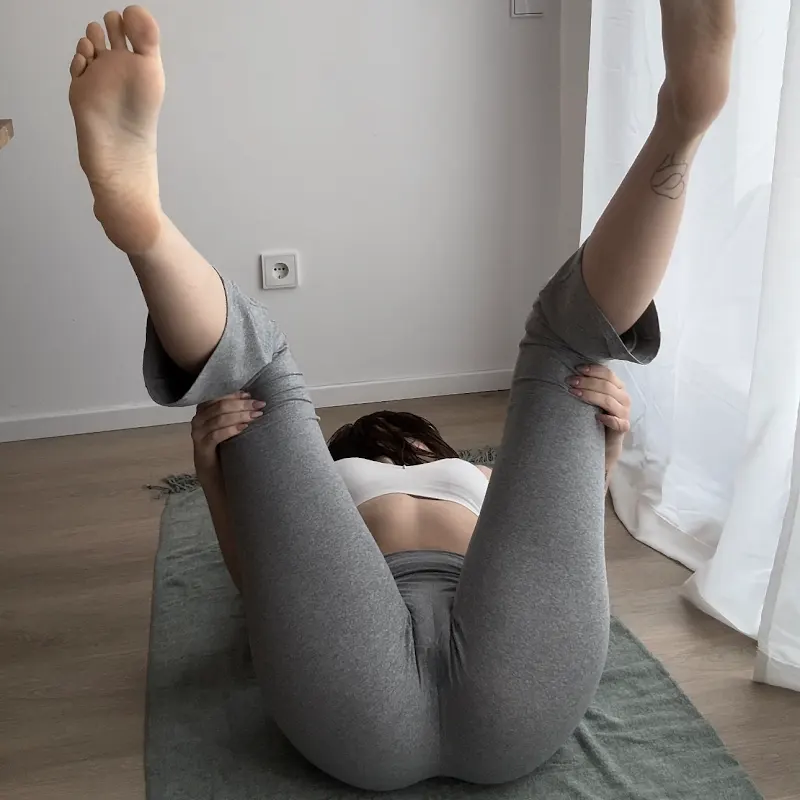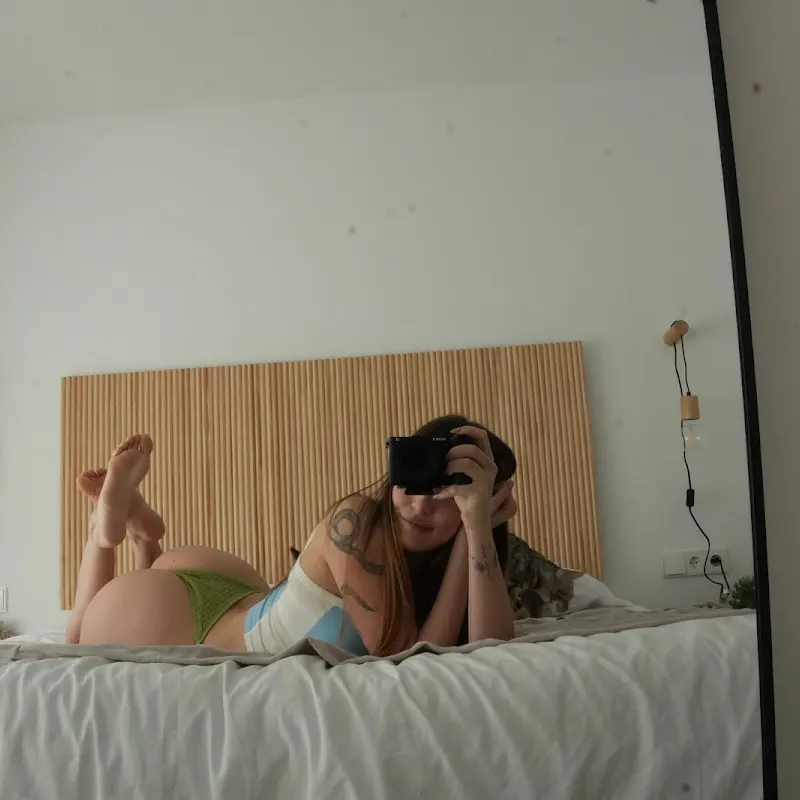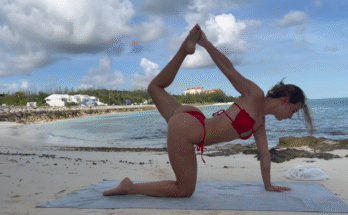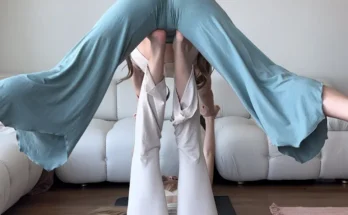
When it comes to flexibility, strength, and injury prevention, few areas of the body are as important as the hamstrings. These long muscles running along the back of your thighs play a critical role in daily movements—walking, standing, bending, and even sitting. But while traditional forward bends are widely practiced, the Deep Side Hamstrings Stretch offers a unique and often overlooked way to target the hamstrings, especially where they connect with the hips and inner thighs. This article explores how and why to incorporate deep side hamstring stretches into your routine, their benefits, and how to do them safely.
Understanding the Hamstrings
Before diving into the stretch itself, it’s helpful to understand the anatomy of the hamstrings. The hamstrings consist of three main muscles: the biceps femoris, semitendinosus, and semimembranosus. These muscles run from your pelvis to the bones just below your knee and are responsible for knee flexion and hip extension. Tight hamstrings can lead to lower back pain, poor posture, reduced athletic performance, and a higher risk of injury.
Most people’s stretching routines involve a forward fold or seated hamstring stretches, which target the hamstring muscles in a single plane. The deep side hamstring stretch, however, brings a new dimension by rotating and lengthening the hamstrings laterally—engaging different fibers of the muscles that aren’t always reached in traditional stretches.

Why Deep Side Hamstring Stretches Matter
If you’ve ever tried to reach toward your toes and felt tightness or pulling, you’re familiar with how hamstrings can limit your mobility. Now imagine going beyond that—turning your body slightly, shifting your weight, and stretching along the side of the leg. That’s the magic of the deep side hamstring stretch. It:
- Targets outer and inner hamstring fibers
- Opens the hips and groin area
- Improves lateral flexibility
- Helps relieve lower back tension
- Reduces the risk of hamstring tears
- Enhances overall balance and coordination
This stretch is especially valuable for runners, dancers, yoga practitioners, or anyone with a sedentary lifestyle who wants to restore mobility.

How to Perform the Deep Side Hamstring Stretch
Let’s break down a few variations of the deep side hamstring stretch, from beginner-friendly to more advanced poses. Make sure your body is warmed up before starting—try a light jog, jumping jacks, or dynamic leg swings to get blood flowing.
1. Seated Wide-Leg Side Fold
- Sit on your mat with legs extended wide apart.
- Flex your feet so your toes point to the ceiling.
- Inhale, lengthen the spine, and on the exhale, twist slightly to your right.
- Reach your right arm toward your right foot, aiming to grab your ankle, shin, or toes.
- Keep your left hip grounded and your chest open.
- Hold for 30 seconds to 1 minute, breathing deeply, then switch sides.
Pro Tip: Use a yoga strap or towel around your foot if your flexibility is limited.
2. Standing Side Hamstring Lunge
- Stand with your feet wide apart (about 3 to 4 feet).
- Turn your right foot outward slightly and bend your right knee.
- Keep your left leg straight and lean your torso over the left leg.
- Rest your hands on your thigh, shin, or the floor for support.
- Hold the stretch for 30 seconds to 1 minute, then switch sides.
Pro Tip: This position doubles as a strengthening and balancing exercise. Keep your core engaged to protect your spine.
3. Skandasana (Side Lunge Pose)
- Start in a wide-legged squat.
- Slowly shift your weight to the right, bending your right knee deeply and keeping your left leg straight.
- Flex your left toes toward the ceiling and try to bring your hands to prayer pose in front of your chest.
- If you can, bring your left heel to the ground for a deeper stretch.
- Hold for 30-60 seconds, then repeat on the other side.
Pro Tip: Beginners can place their hands on the floor or blocks for balance.

Breath and Mindfulness
Breathing deeply while holding the stretch is key. Inhale through the nose to lengthen the spine, and exhale through the mouth to deepen into the stretch. Each breath should help relax the muscles, allowing the stretch to go further without forcing or bouncing.
Use this time to tune into your body. Notice where you feel tension. Is one side tighter than the other? Are you clenching your jaw or holding your breath? Let go of unnecessary tension and focus on calm, steady breathing.
Benefits of Practicing Regularly
Adding the deep side hamstring stretch to your weekly routine can bring noticeable changes in your flexibility, comfort, and posture. After just a few weeks, many people experience:
- Less tightness after workouts
- Greater range of motion
- Improved alignment in yoga poses or athletic movements
- Fewer muscle cramps and spasms
- Better control during lateral movements like lunges or side steps
Consistency is key. Aim to stretch at least 3 times a week, holding each side for a minimum of 30 seconds and gradually increasing your time.

Modifications and Safety Tips
While the deep side hamstring stretch is generally safe, it should be done mindfully. If you feel sharp pain, especially around the knees or lower back, ease out immediately. Here are some safety tips:
- Warm up first: Never stretch cold muscles.
- Avoid bouncing: Static holds are more effective and safer.
- Use props: Yoga blocks, straps, or even a sturdy chair can help you maintain proper form.
- Bend the knee slightly if your hamstrings are very tight, and gradually straighten as you loosen up.
- Stay aligned: Keep hips square and spine long to avoid strain.
If you have existing hamstring injuries or sciatica, consult a physical therapist or certified yoga instructor before attempting deep stretches.
Making It a Routine
Incorporate the deep side hamstring stretch at the end of your workouts or as part of a dedicated flexibility session. You can combine it with other poses like pigeon pose (for hips), seated forward bends, or butterfly stretches for a well-rounded lower body release.
Try this mini routine:
- 5 minutes of light cardio warm-up
- Skandasana – 1 minute each side
- Seated Wide-Leg Side Fold – 1 minute each side
- Standing Side Hamstring Lunge – 30 seconds each side
- Child’s Pose – 1 minute to relax the spine

Final Thoughts
The Deep Side Hamstring Stretch is a game changer for anyone looking to improve mobility, reduce tightness, and move more freely. Whether you’re an athlete, yogi, desk worker, or casual exerciser, this stretch can help you unlock a new level of comfort and body awareness.
As with all forms of stretching, patience is essential. Flexibility doesn’t come overnight, but with regular practice and mindful breathing, your body will respond. Keep listening, keep stretching, and enjoy the journey of feeling lighter, looser, and stronger every day.



